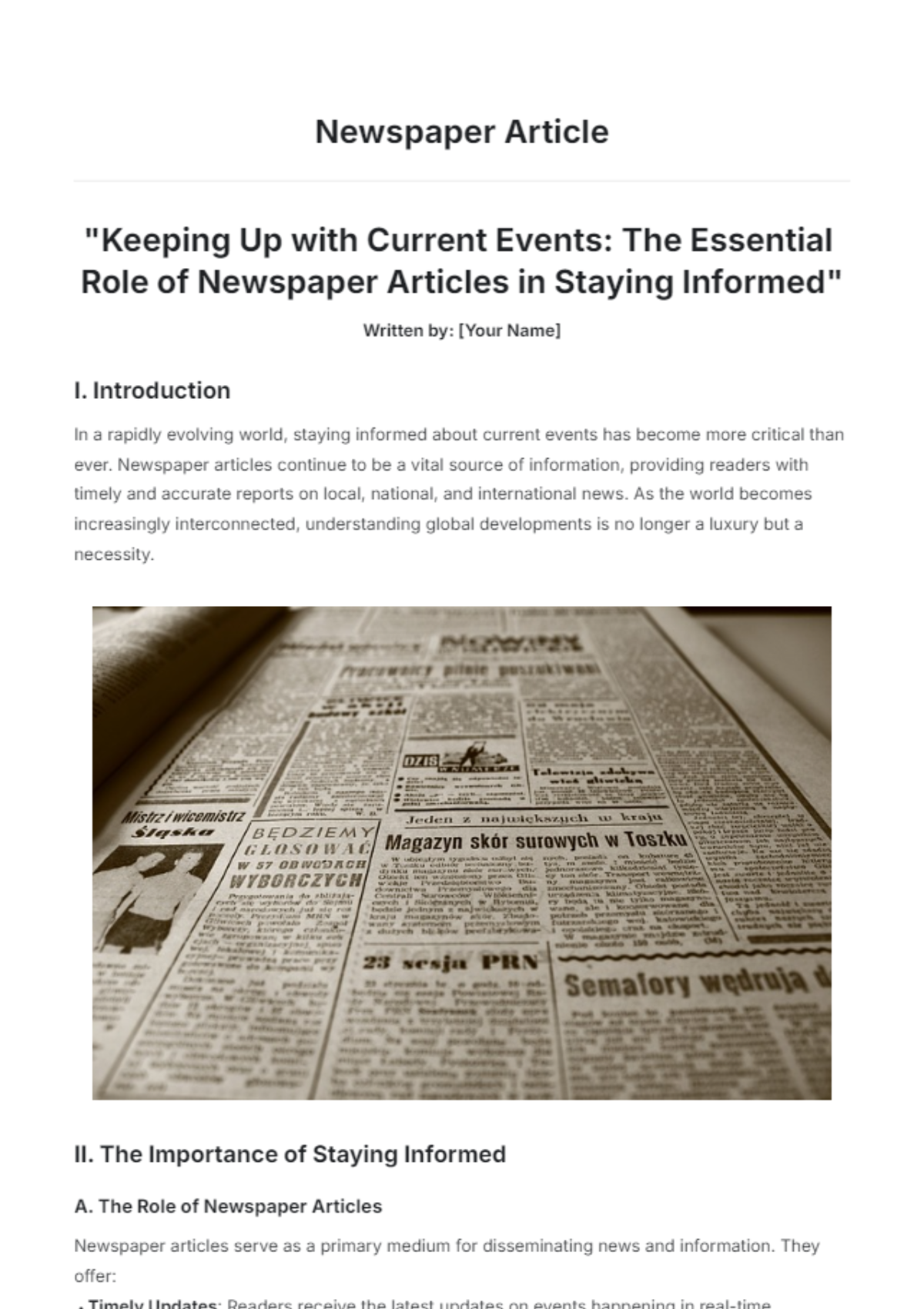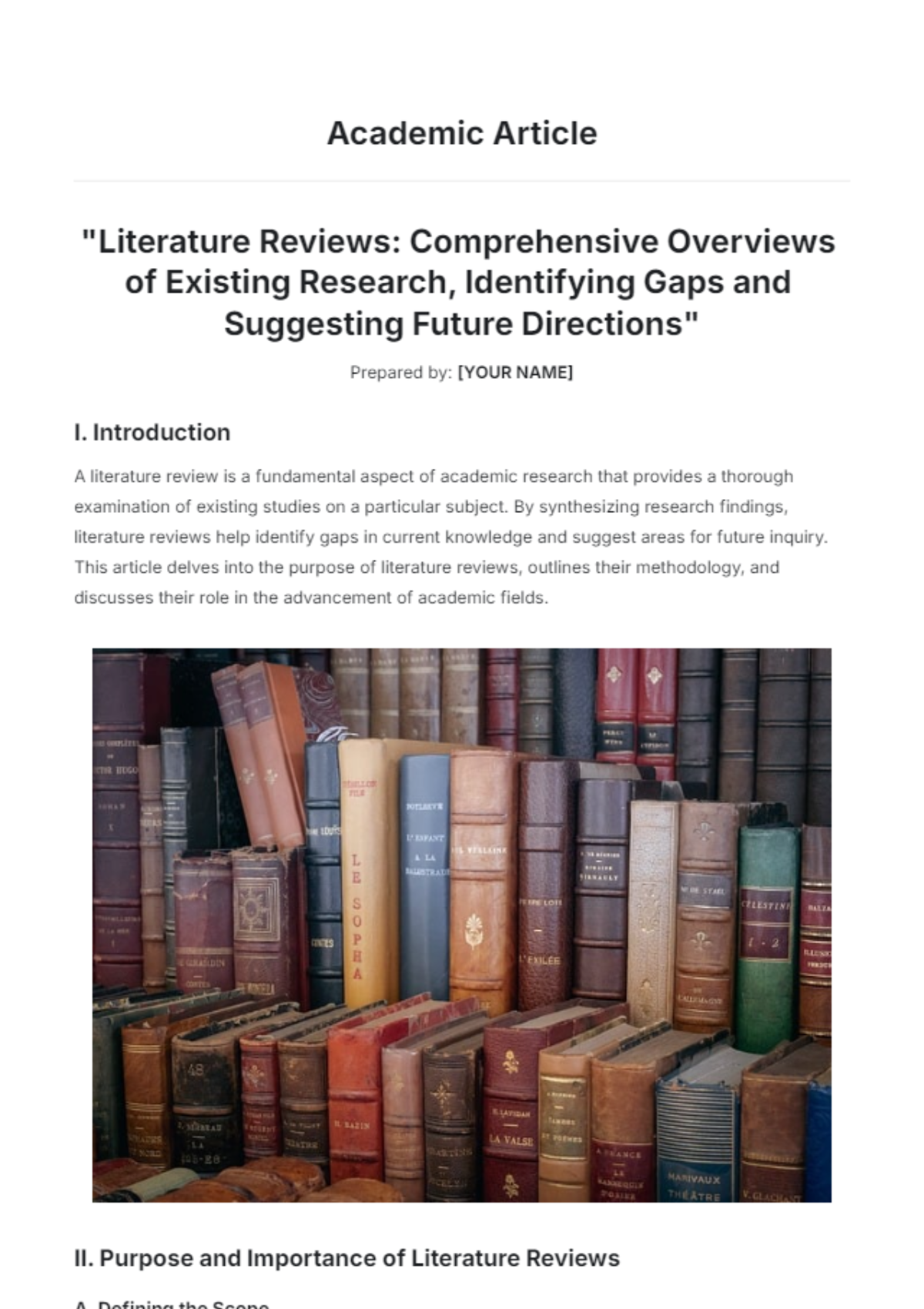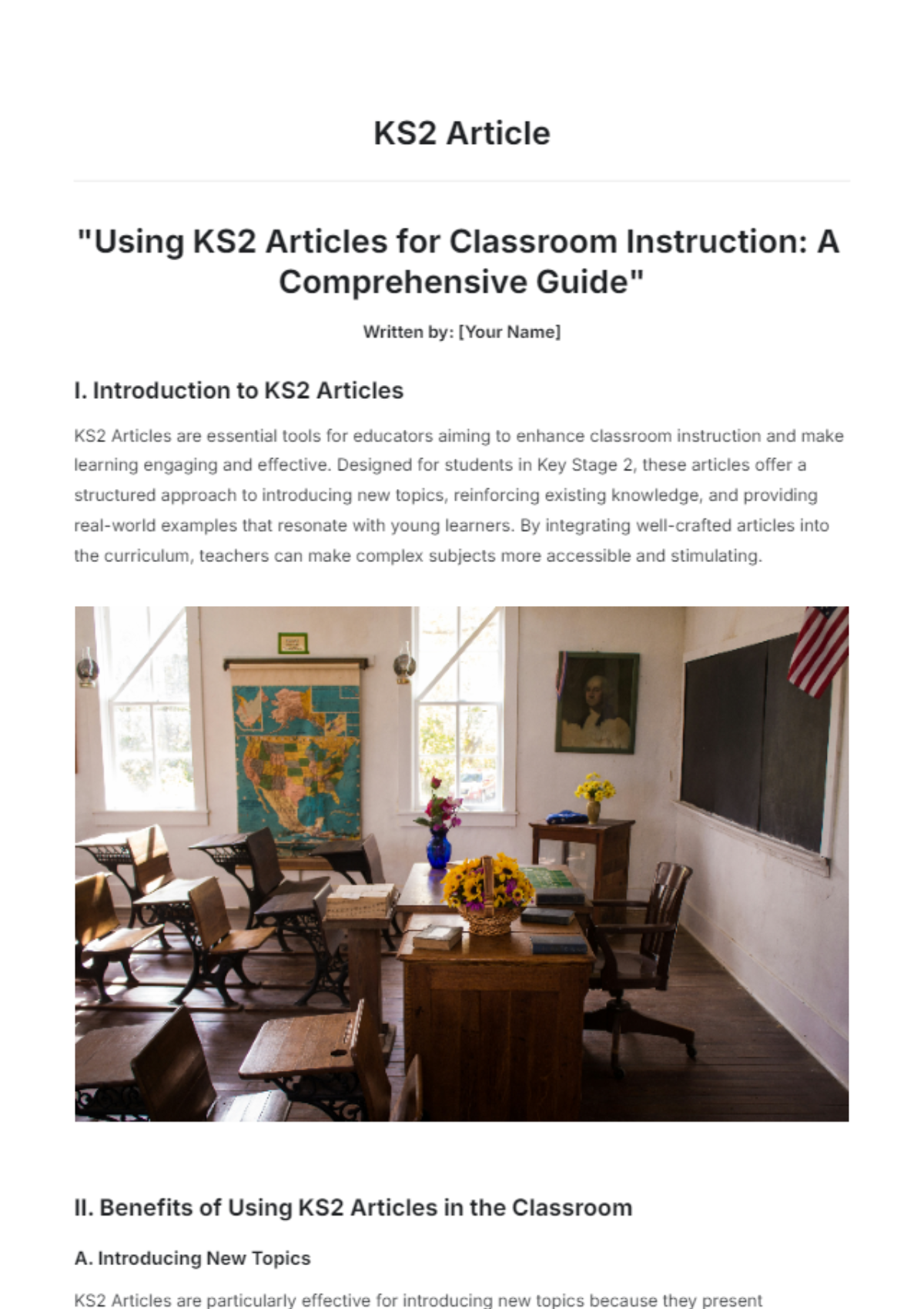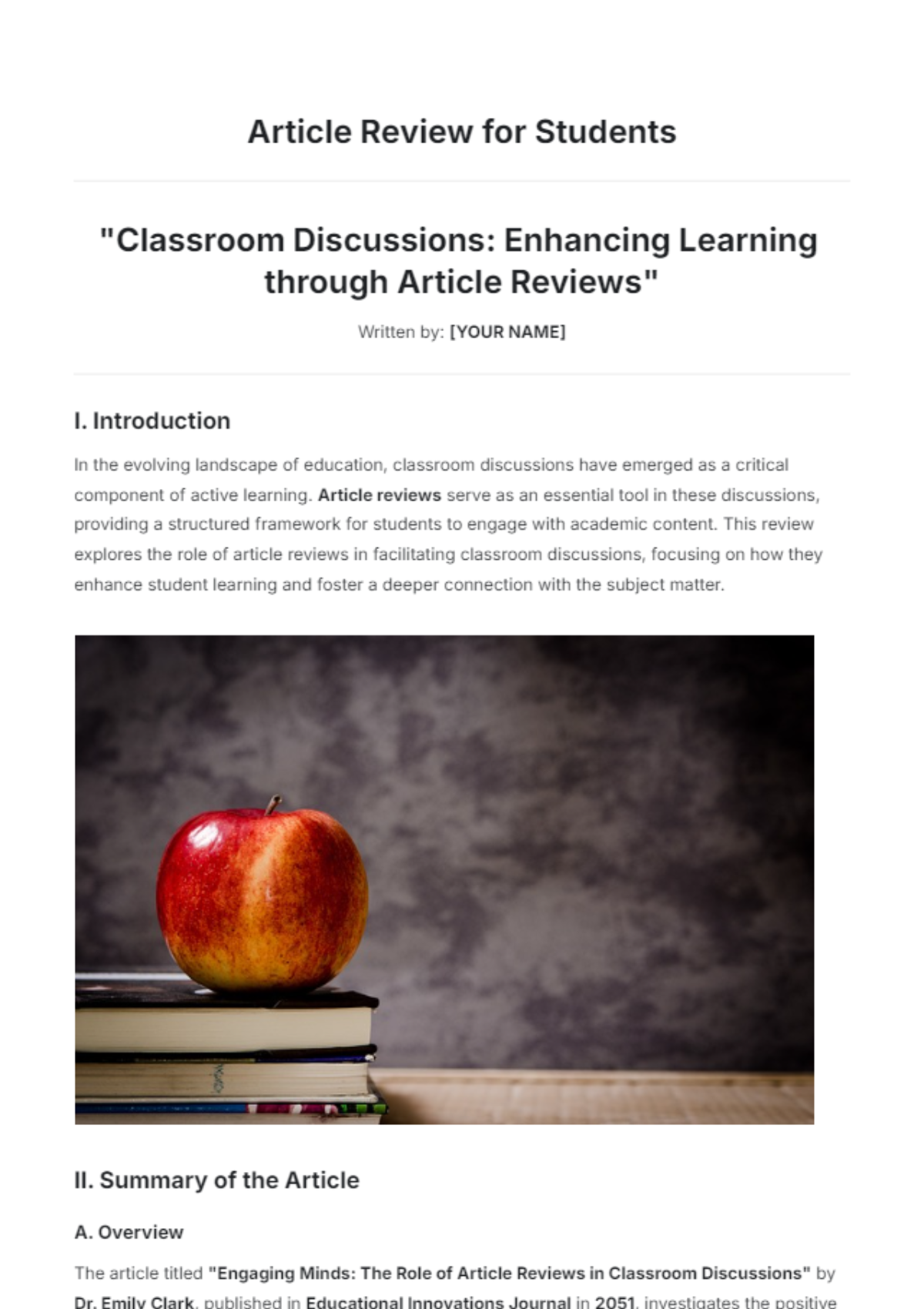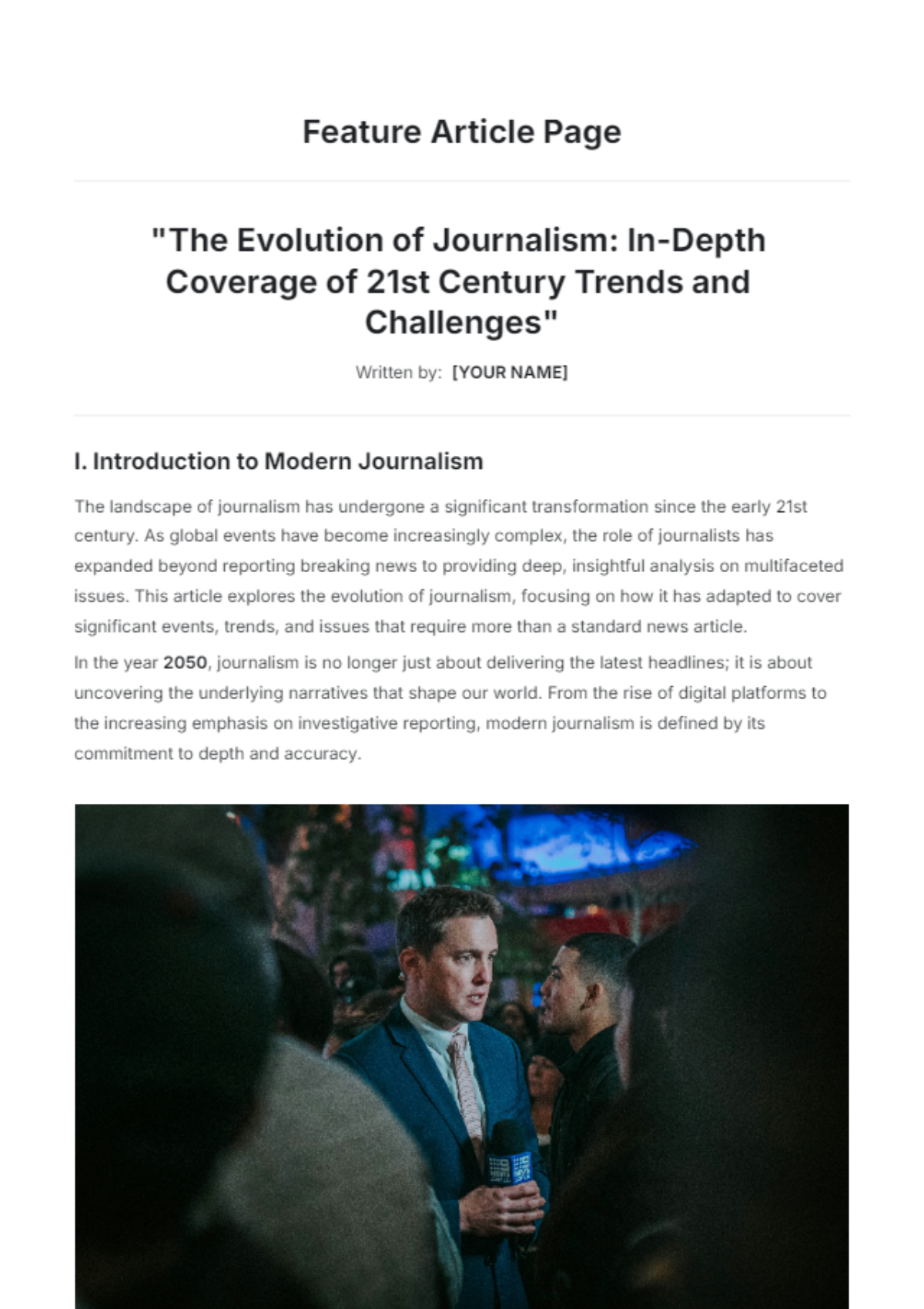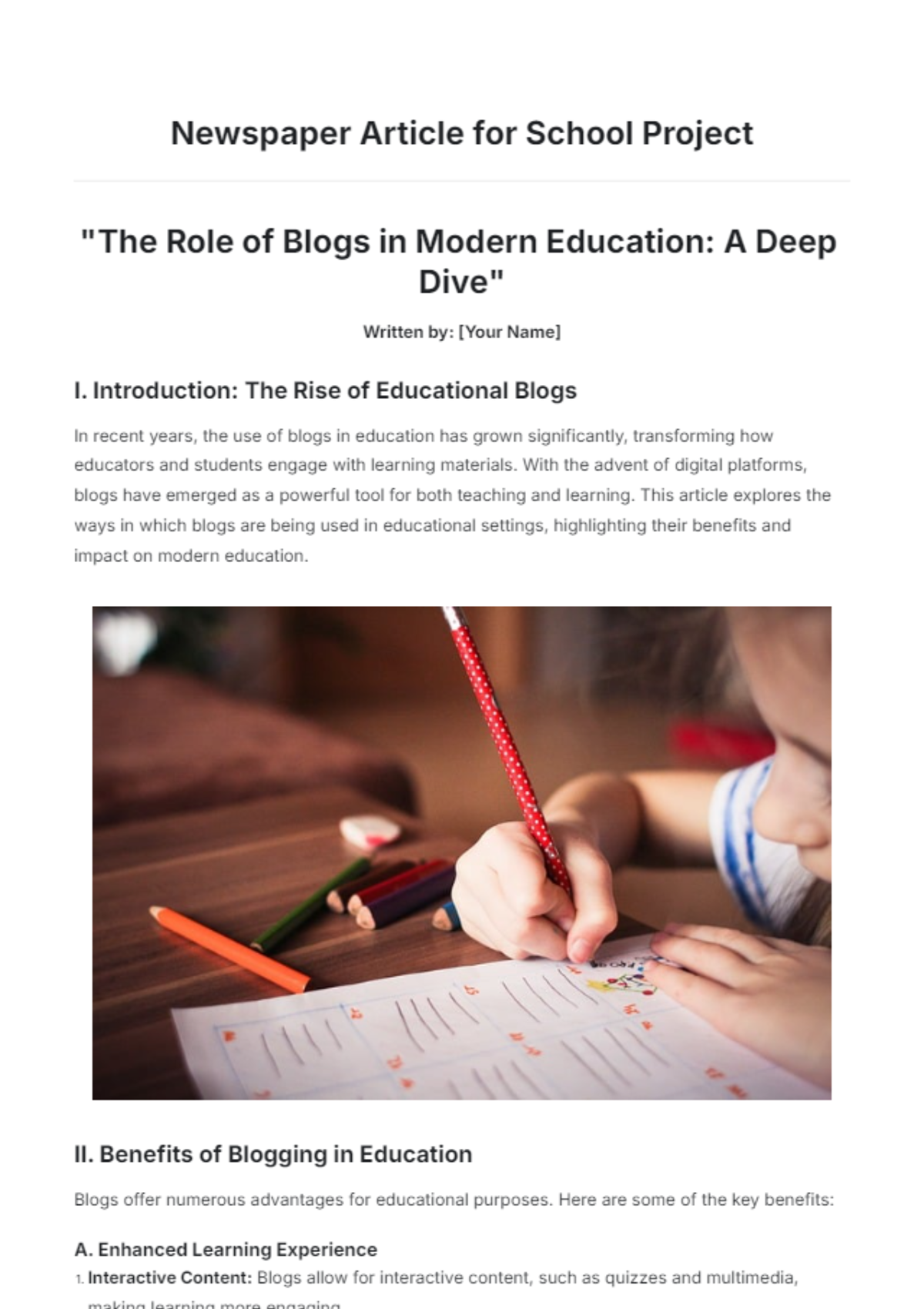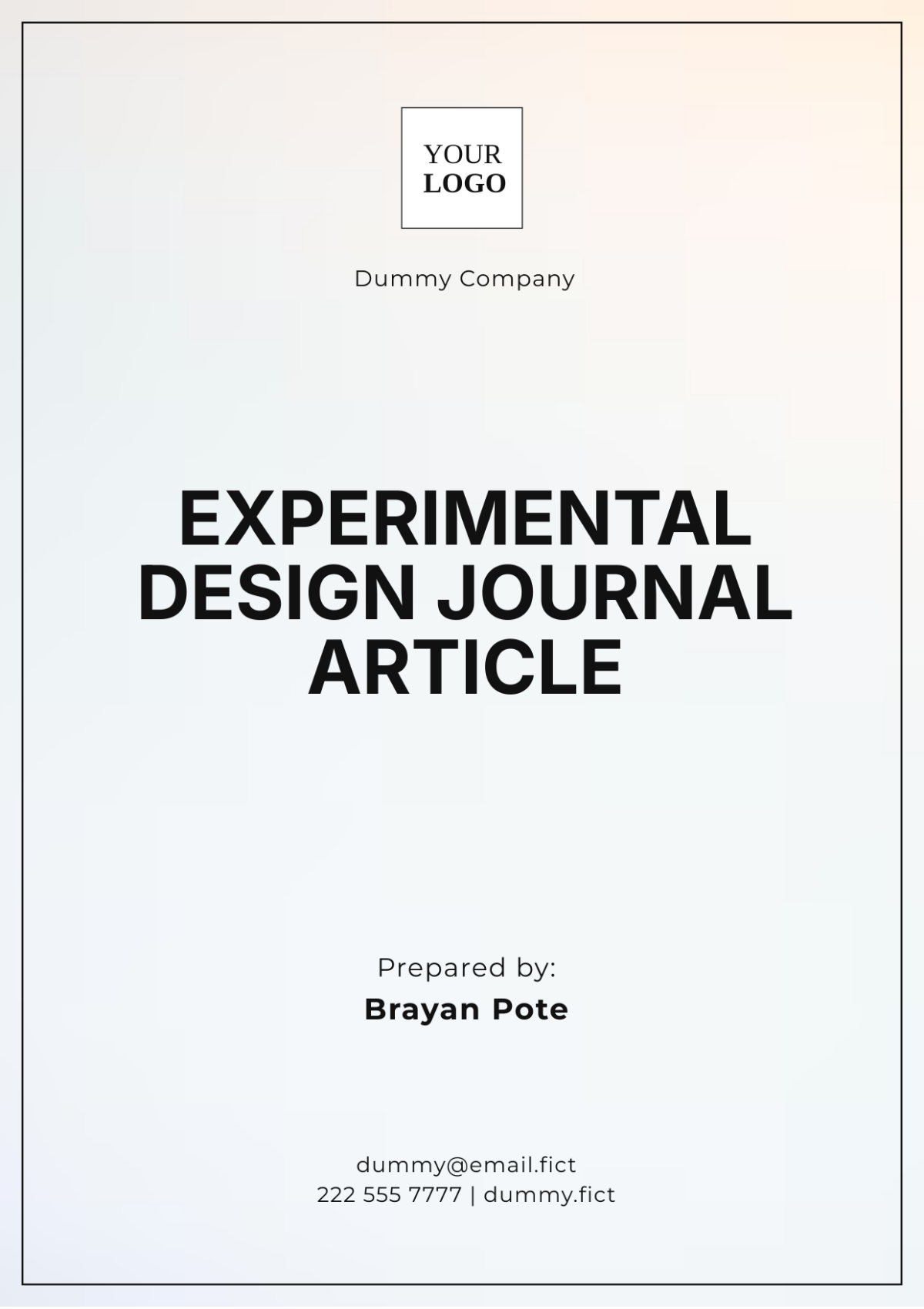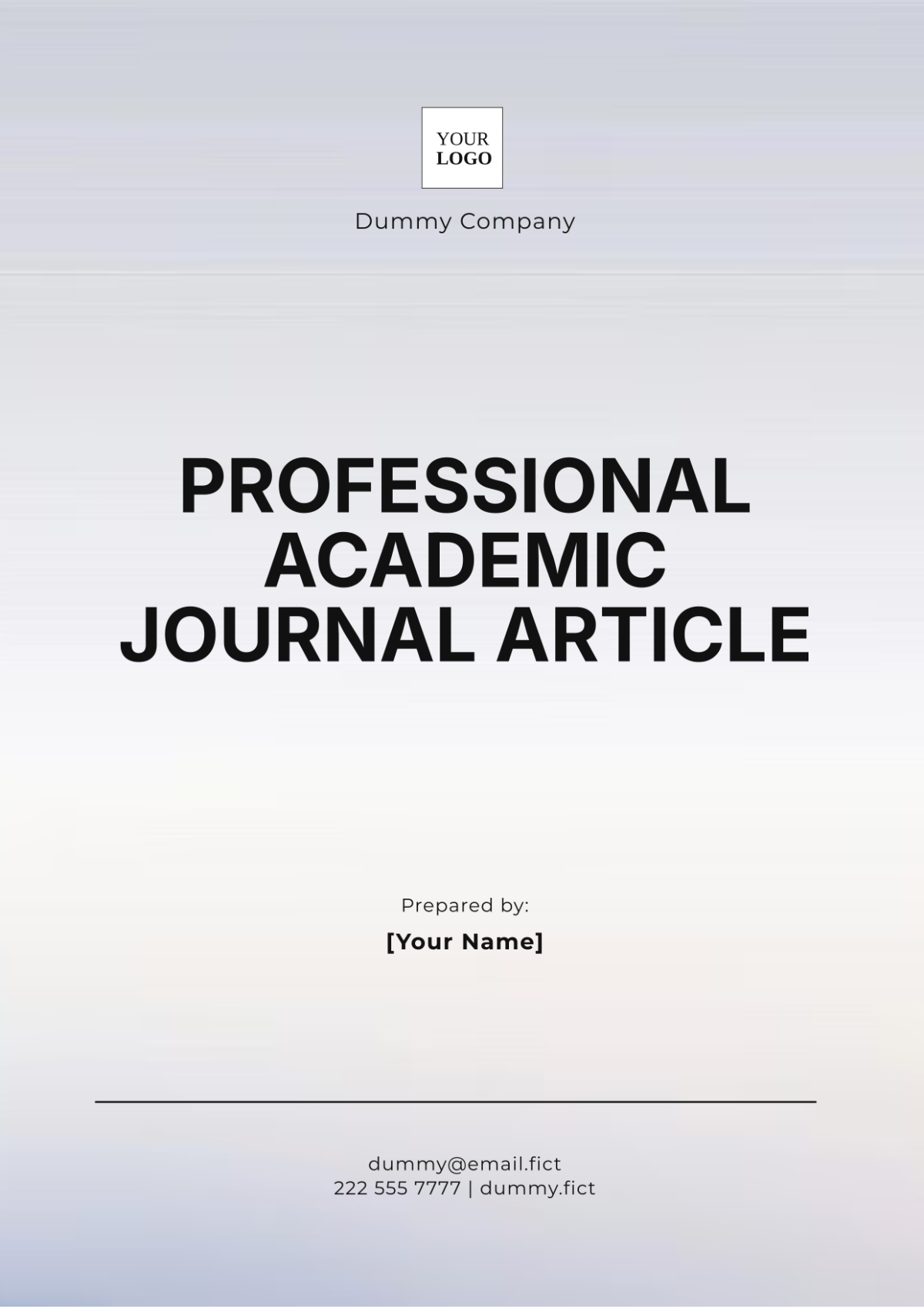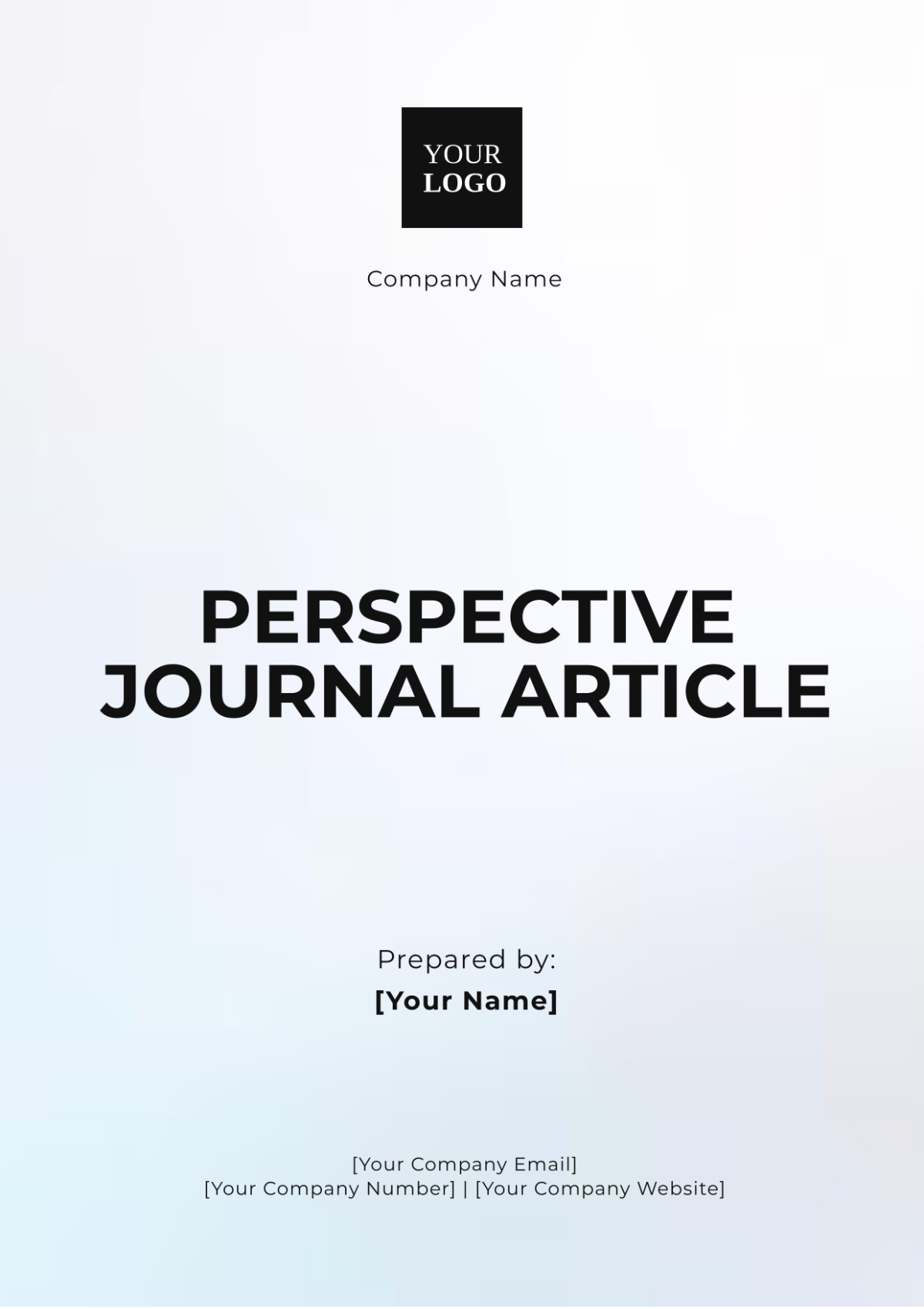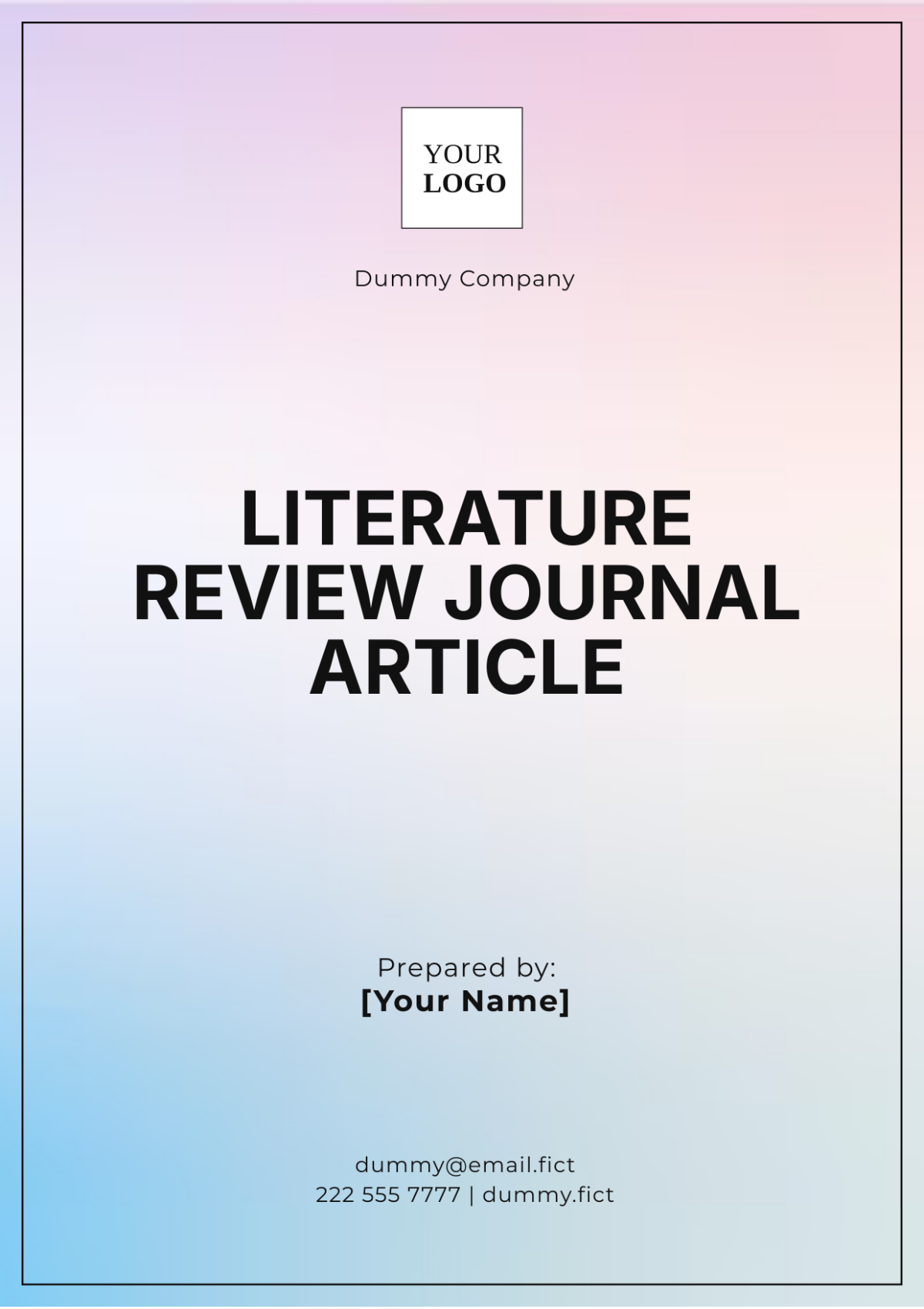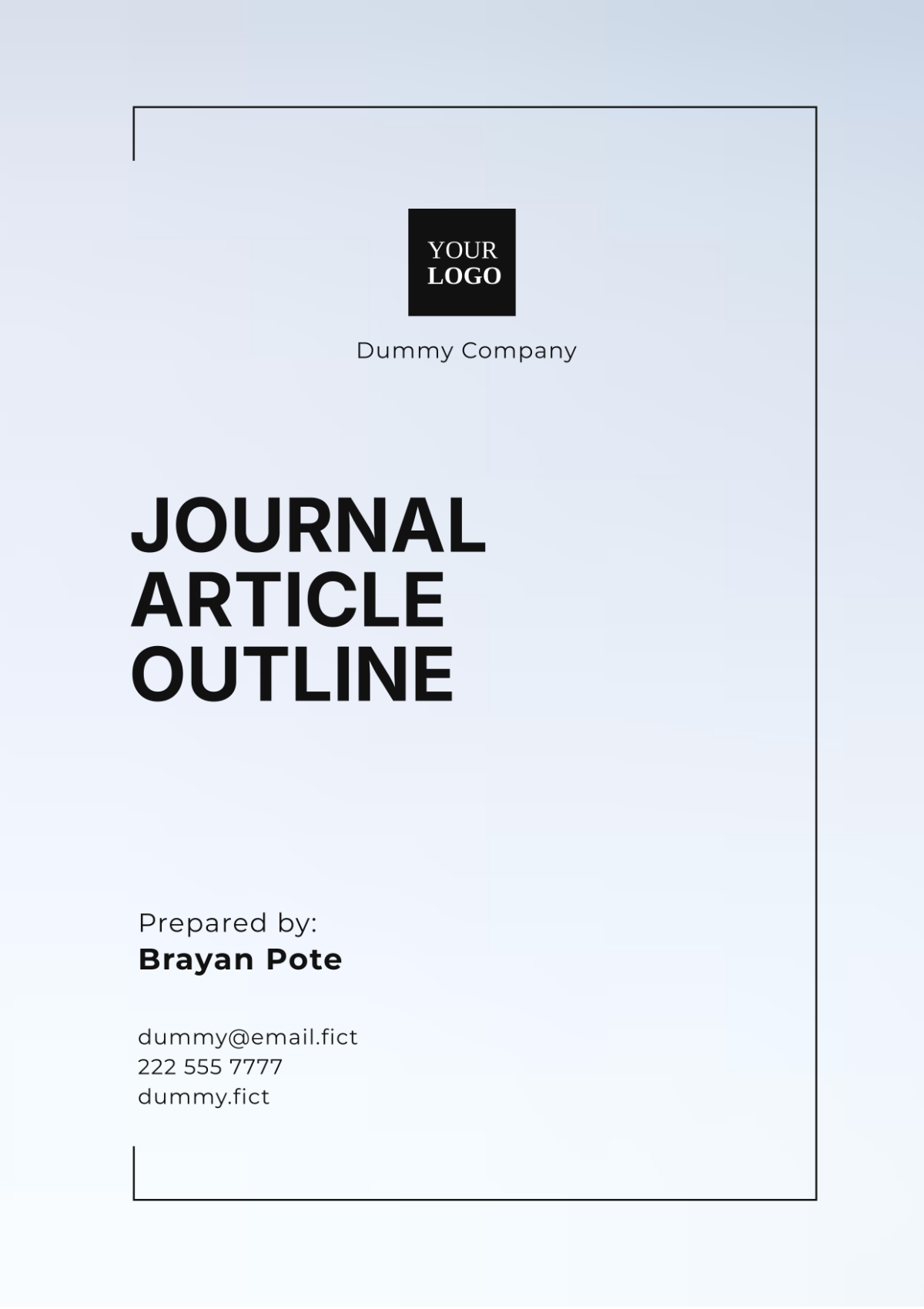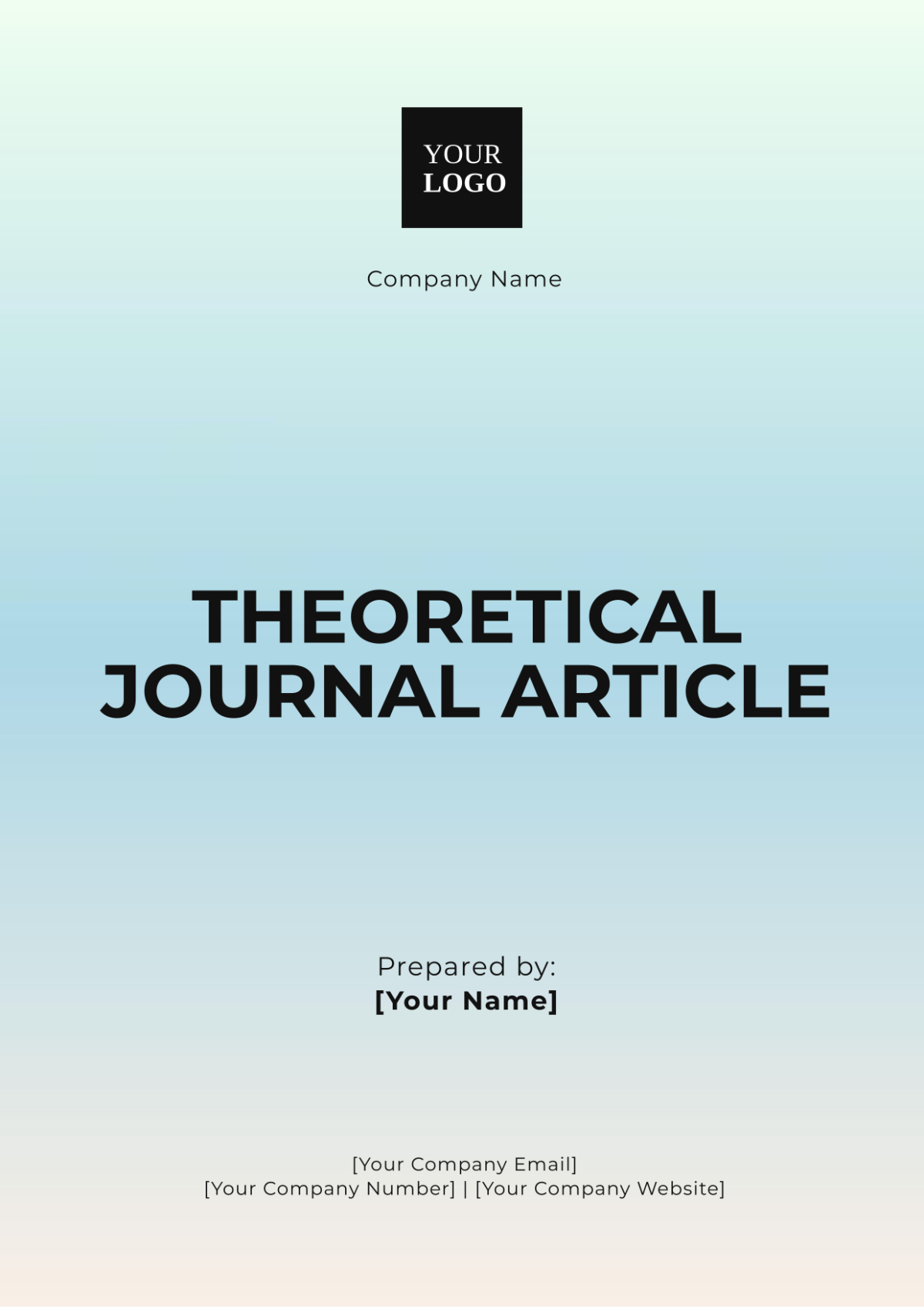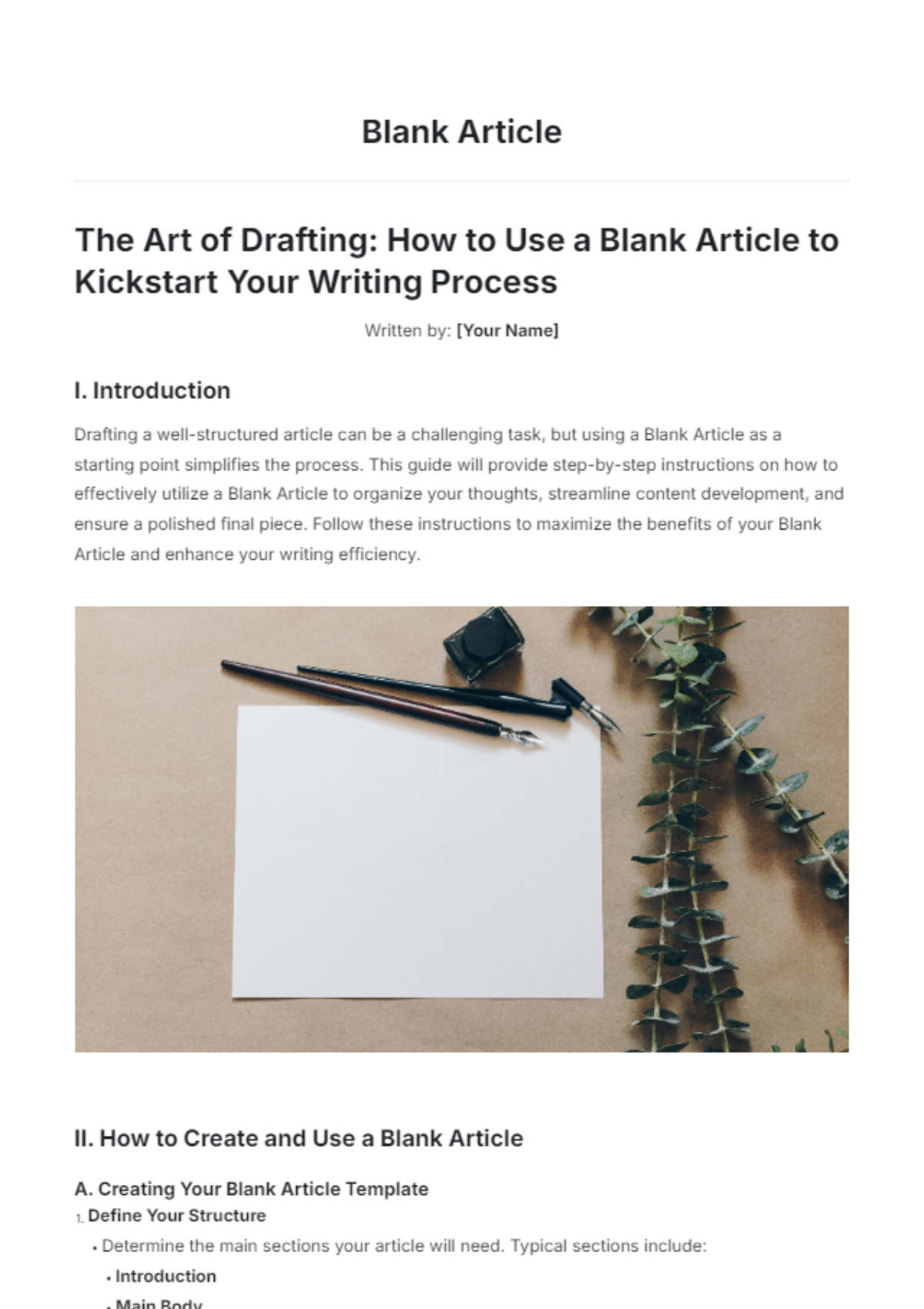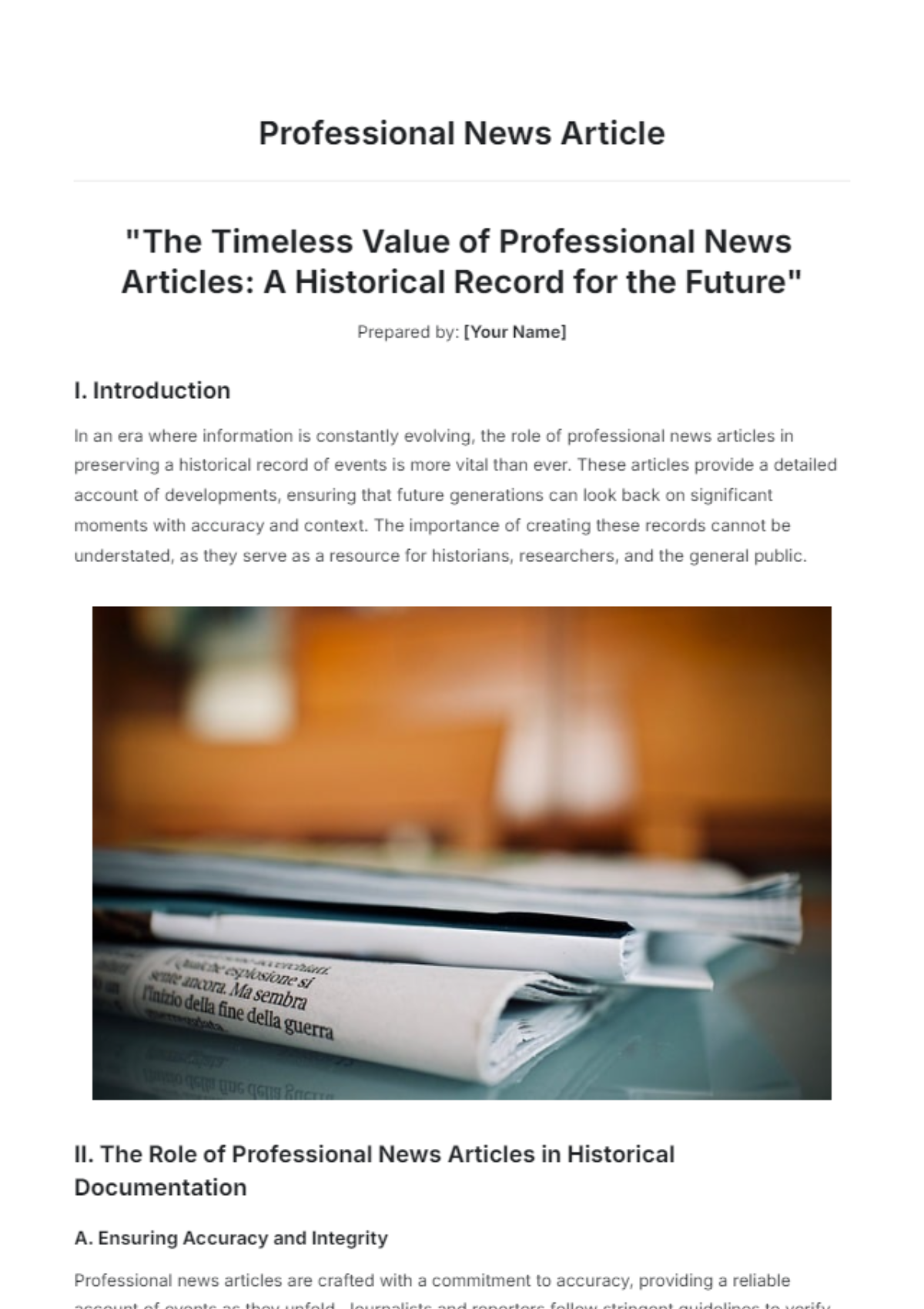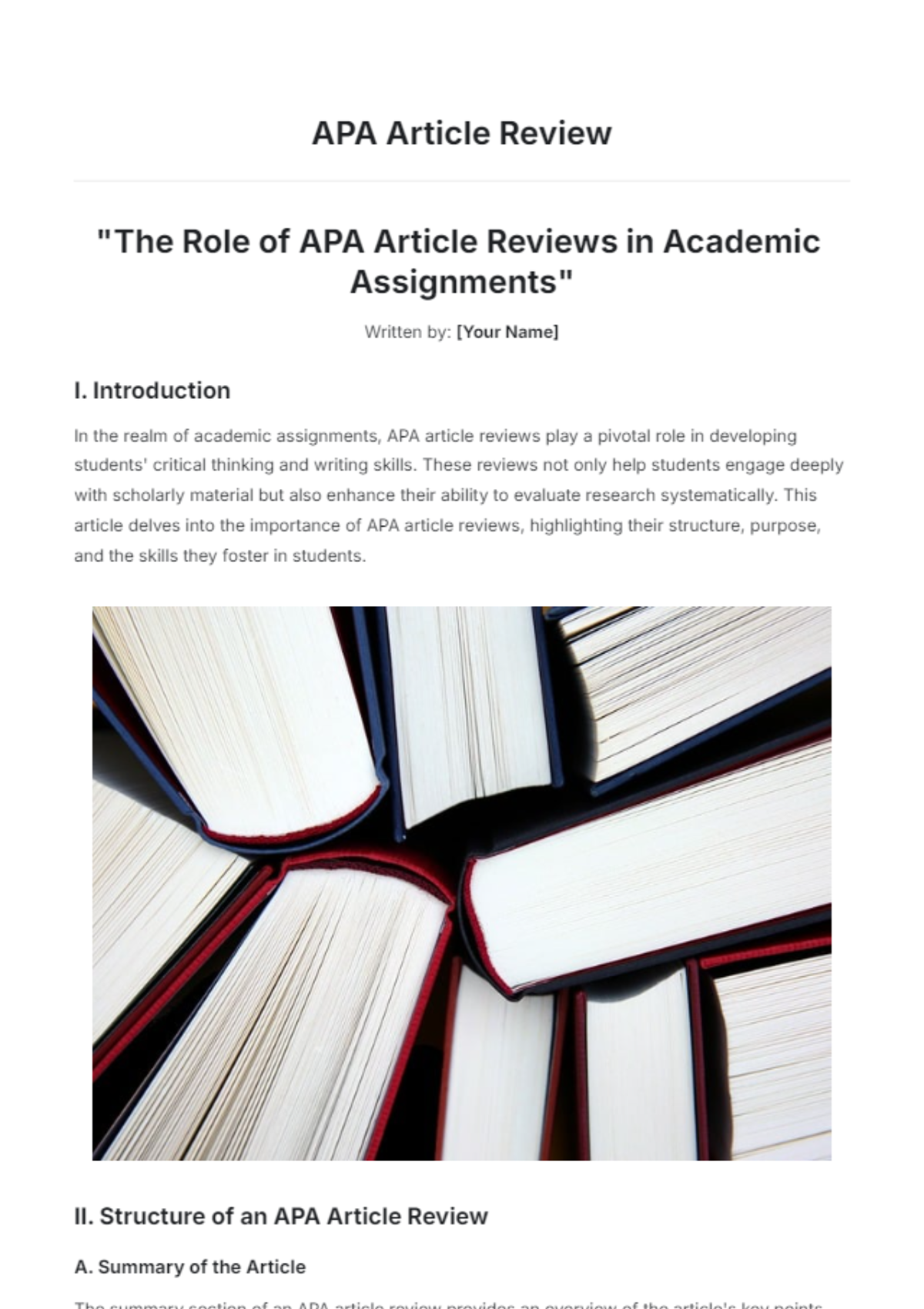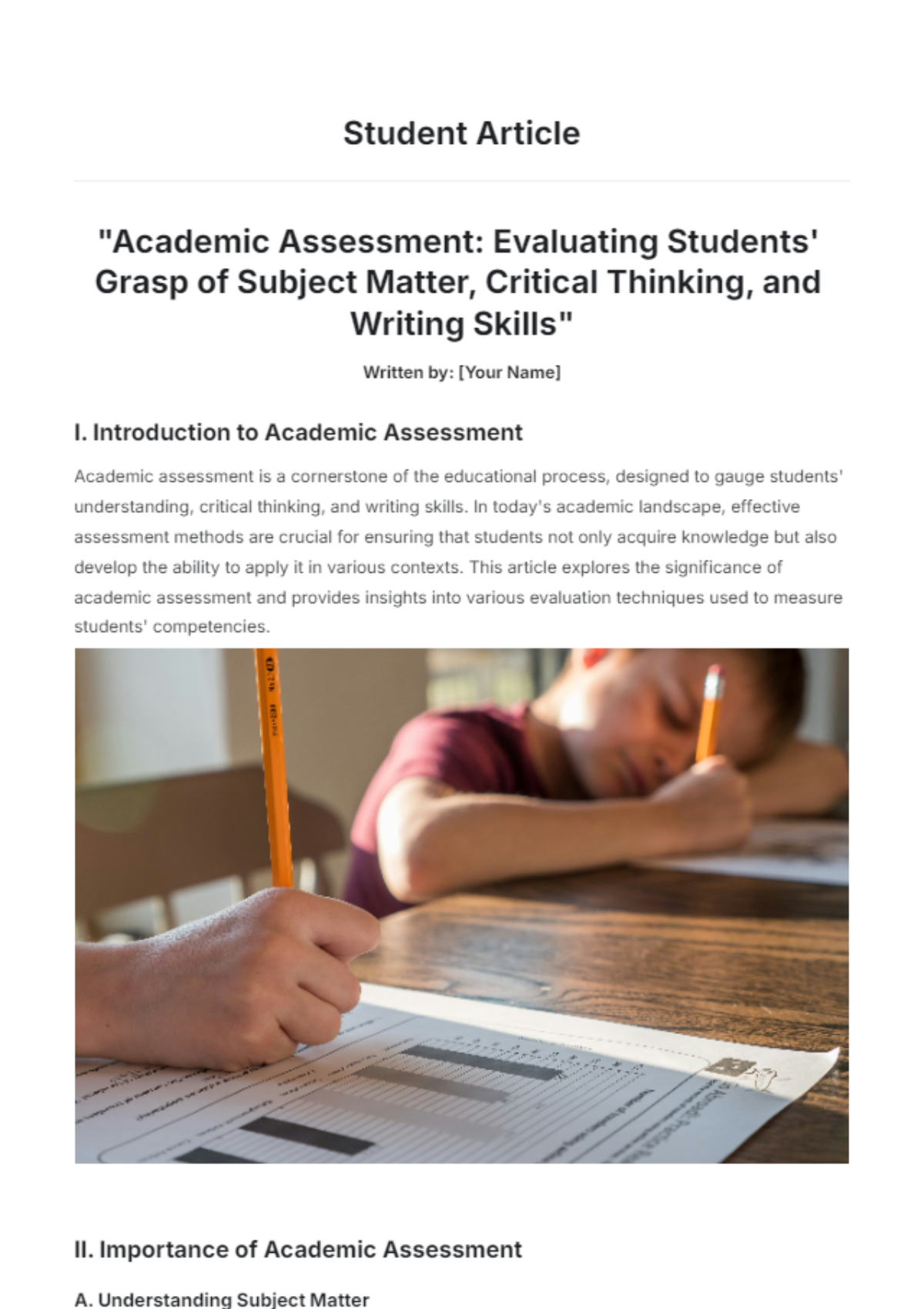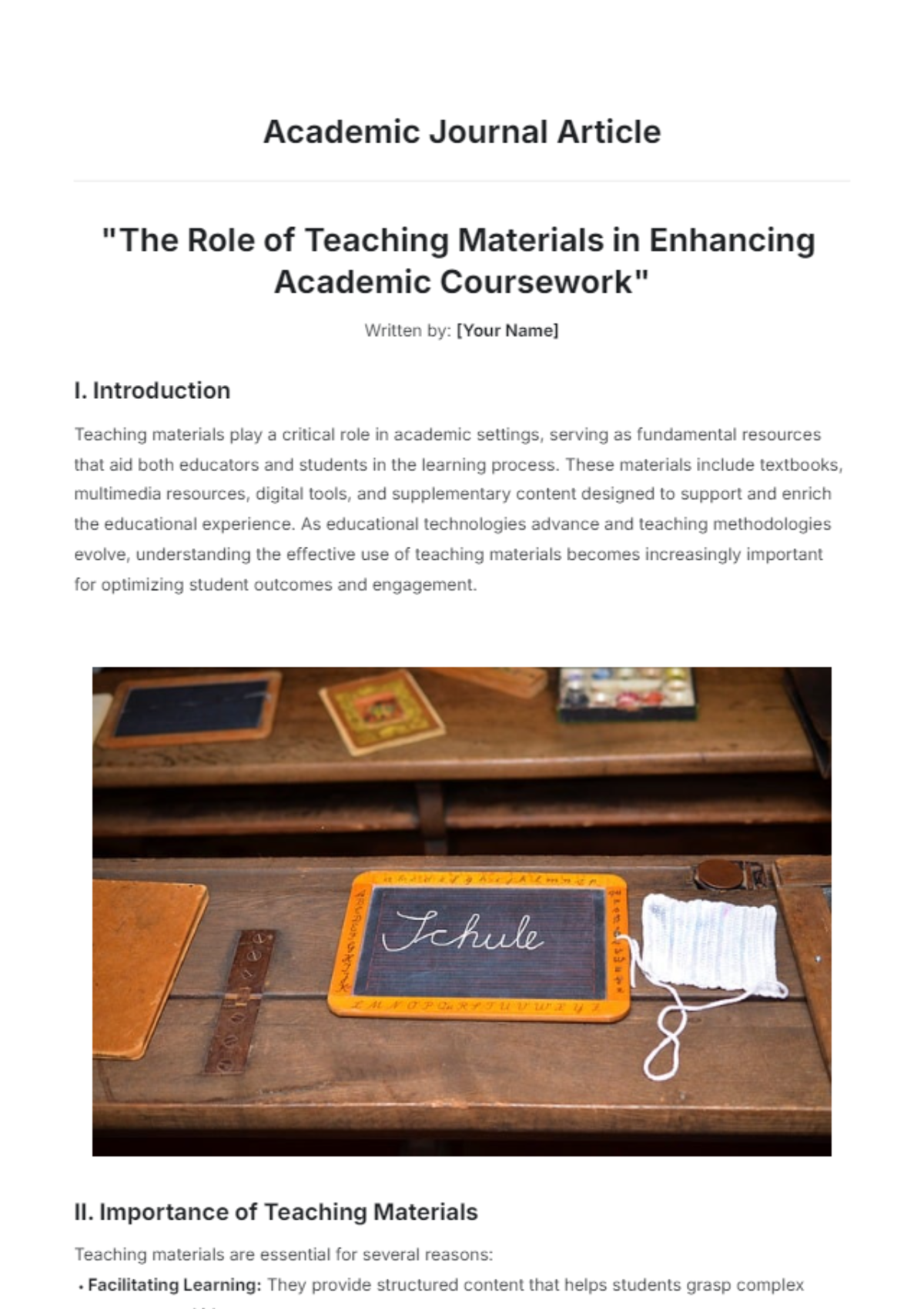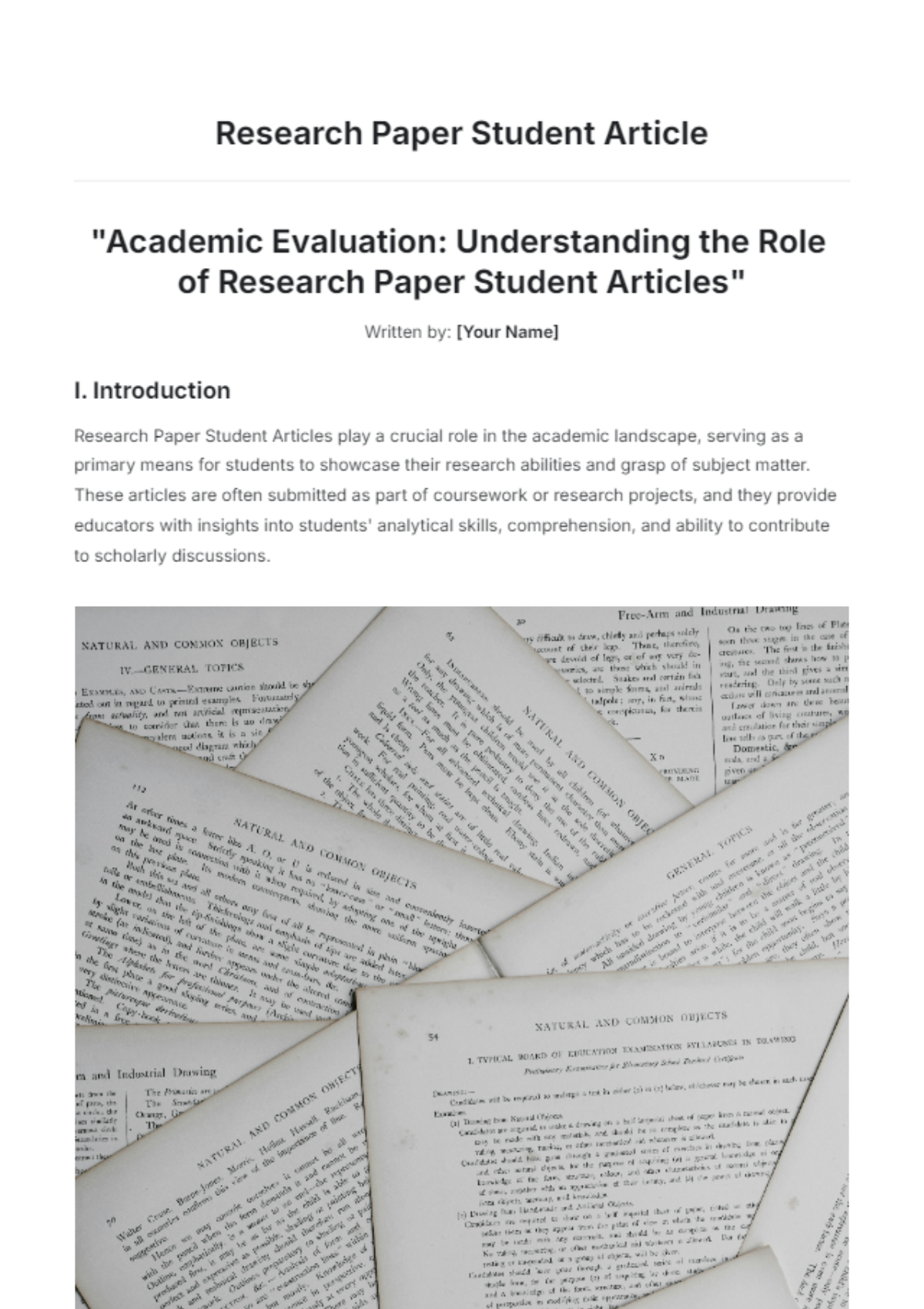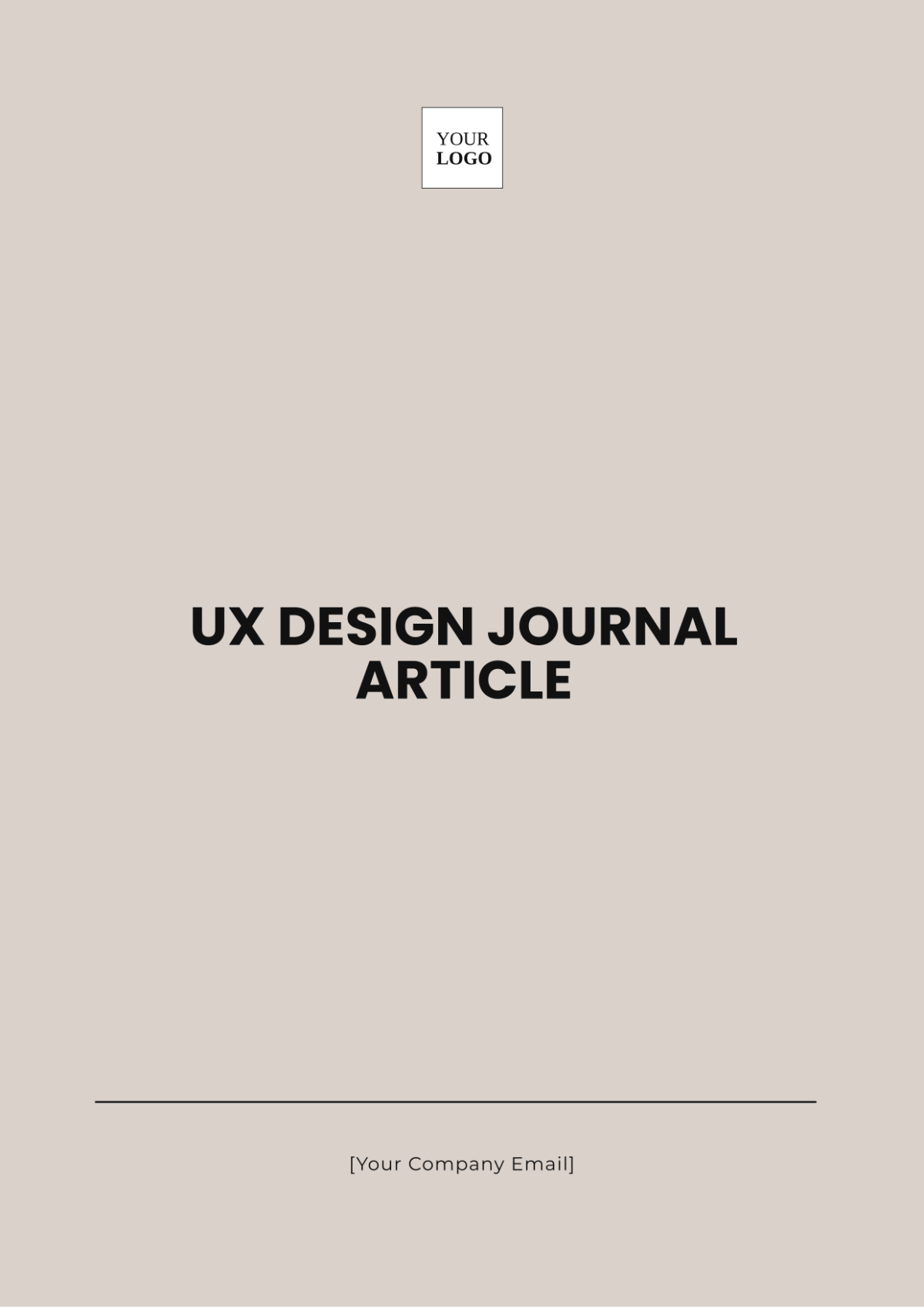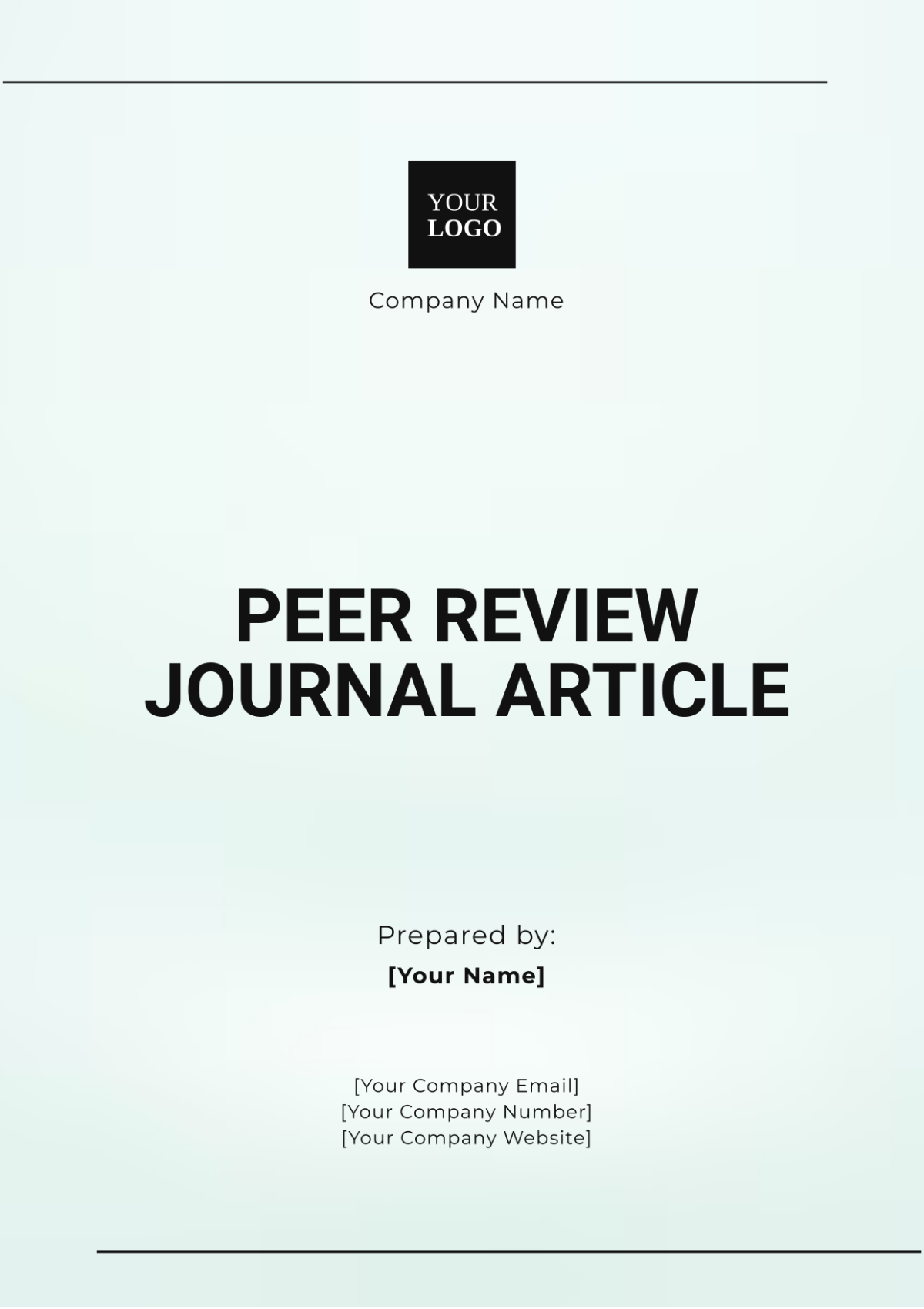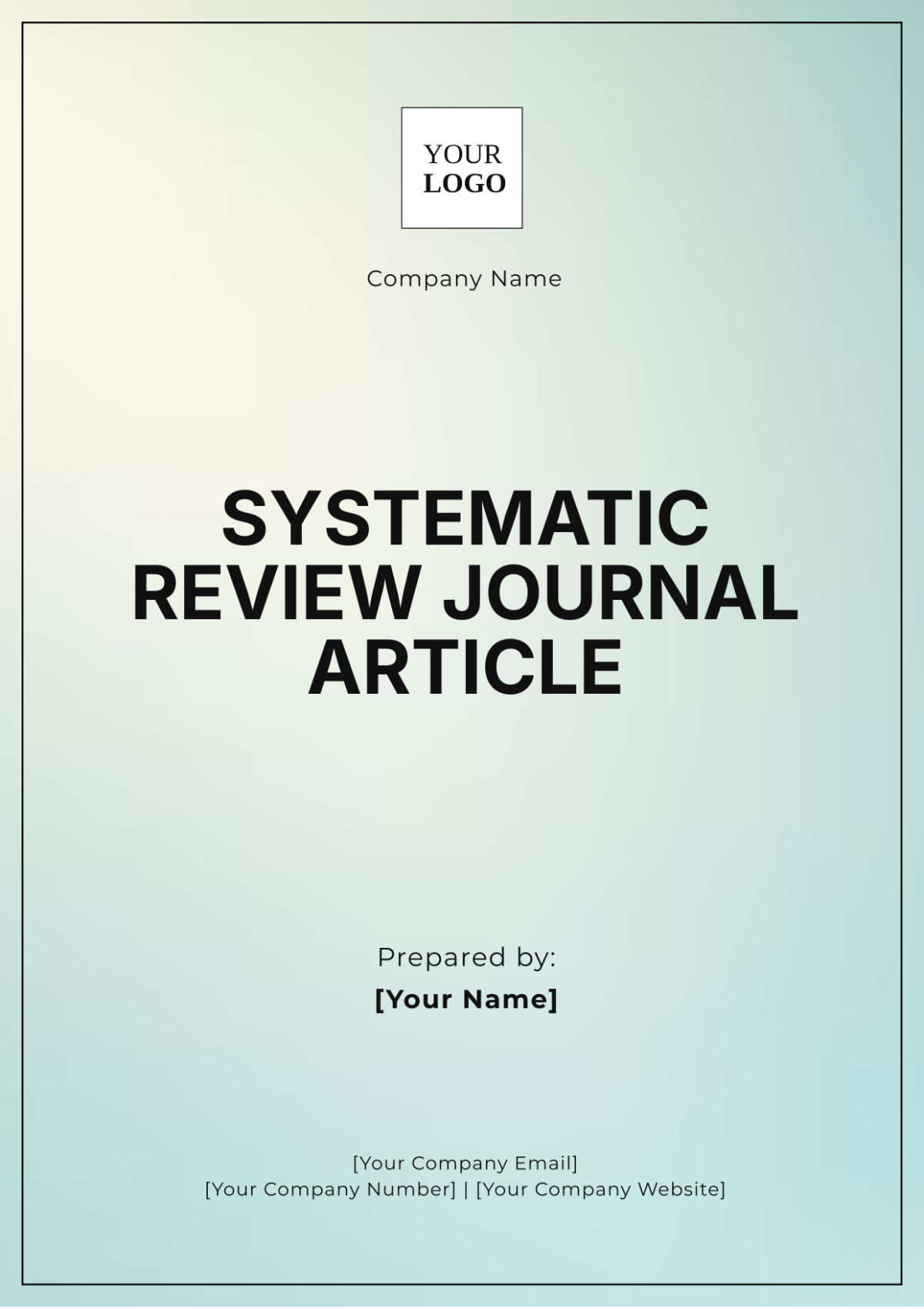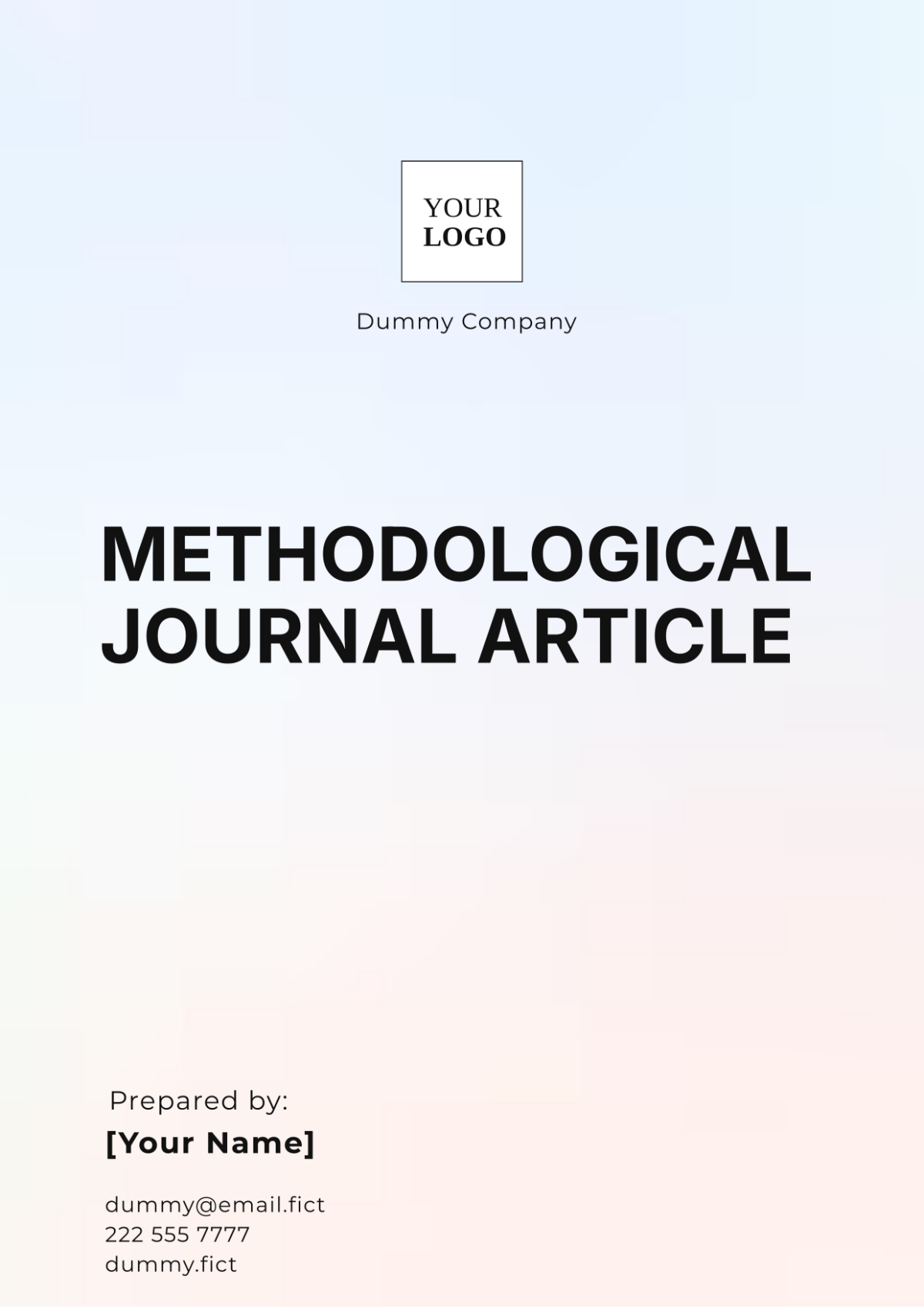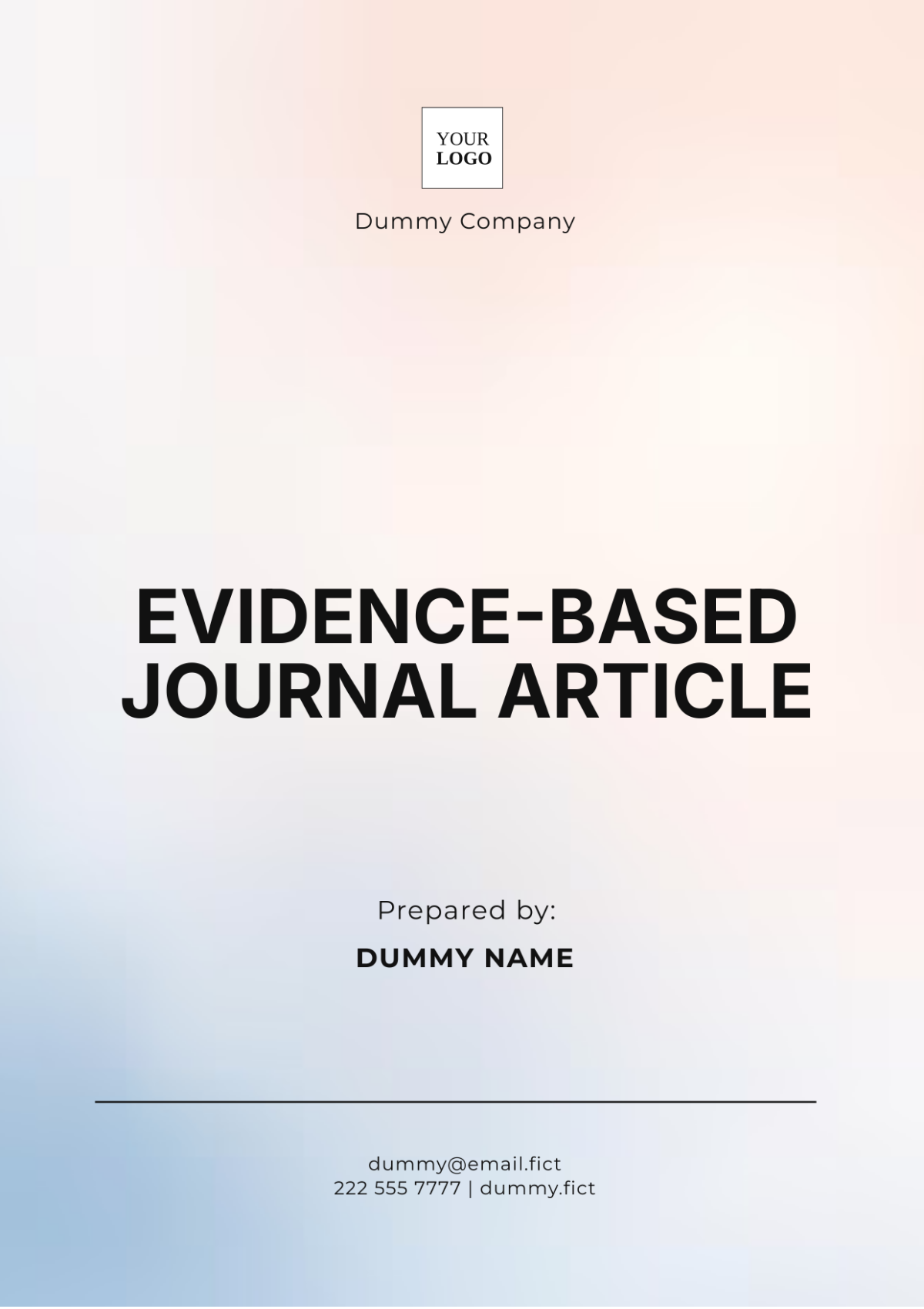Journal Article Format
Understanding the Structure and Format of a Journal Article
Written By: [Your Name]
Abstract
Journal articles are pivotal in disseminating scholarly research across diverse academic fields. Their structured format ensures clarity, coherence, and rigor in presenting research findings. This article provides a comprehensive overview of the conventional structure of a journal article, detailing the purpose and content of each section to guide researchers in crafting their scholarly papers.
I. Introduction
The introduction sets the stage for the article by articulating the research problem and underscoring the significance of the study. It provides essential background information, reviews relevant literature, and outlines the research objectives or hypotheses. A well-constructed introduction not only captures the reader’s interest but also clearly establishes the context and purpose of the research, effectively framing the ensuing study.
II. Literature Review
The literature review offers a detailed examination of existing research pertinent to the study's topic. This section integrates previous findings, identifies gaps or inconsistencies in the current knowledge, and situates the new research within the broader academic discourse. A thorough literature review demonstrates the author's deep understanding of the subject and justifies the need for the current study by highlighting its relevance and originality.
III. Methodology
The methodology section elaborates on the research design, methods, and procedures employed in the study. It includes detailed descriptions of the sample population, data collection techniques, instruments, and analytical methods used. By providing sufficient detail, this section ensures that the research can be replicated and validated by others. Transparency in methodology is crucial for enhancing the study’s reliability and credibility.
IV. Results
In the results section, the findings of the study are presented systematically and objectively. Data are typically organized using tables, figures, and charts to facilitate clear comprehension. This section focuses purely on reporting the results without interpretation, allowing the data to be understood independently of any analysis or discussion.
V. Discussion
The discussion interprets the results, relating them to the research question or hypothesis and the existing literature. This section explores the implications of the findings, considers their relevance to the broader field, and discusses any unexpected results. Additionally, the discussion evaluates how the study’s findings align with or diverge from previous research and proposes directions for future studies.
VI. Conclusion
The conclusion summarizes the main findings and their implications, reinforcing the significance of the research. It succinctly restates the research objectives and highlights the study’s contributions to the field. A compelling conclusion provides a clear and impactful final insight, leaving a lasting impression on the reader and underscoring the value of the research.
VII. References
The references section lists all sources cited throughout the article, formatted according to a specific citation style such as APA, MLA, or Chicago. Accurate citation is crucial for acknowledging previous work and enabling readers to locate sources. Consistency in citation format reflects professionalism and adherence to academic standards.
VIII. Acknowledgments
The acknowledgments section allows authors to recognize individuals or organizations that contributed to the research. This may include funding bodies, research participants, collaborators, and mentors. Acknowledging contributions fosters a collaborative academic environment and expresses gratitude for the support received.






